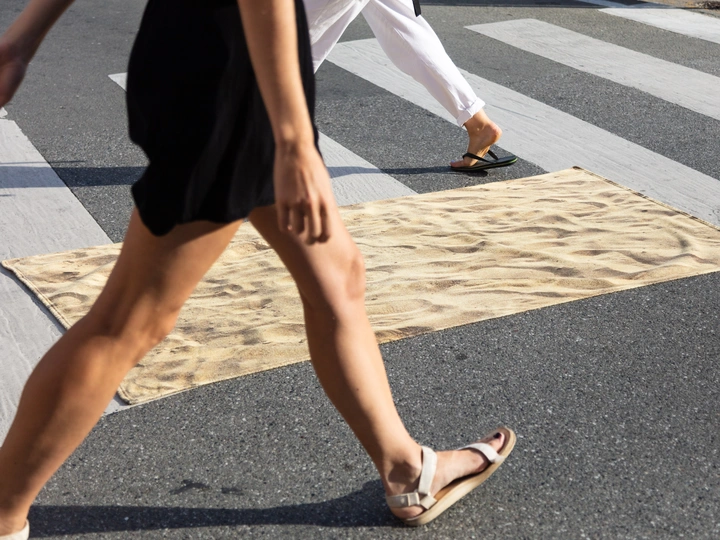Mass Landscapes

Federico Godino graduated in Architecture from the Politecnico di Milano. His Master's thesis was a study on the impact of platform economies (Uber, Instagram and Airbnb as case studies) on urban inequality in the city of São Paulo, Brazil. After graduating, he worked as an architect between Milan and São Paulo, Brazil. Later he was assistant curator at the Triennale Museum in Milan. From 2019 he will work at Stefano Boeri Architetti as a planner and from 2023 as head of EU Horizon Projects. In 2020 he curates the urbanism programme of the Zones Portuaires festival (Genoa). From 2020 he is teaching assistant and tutor at the Politecnico di Milano. In 2022, as an innovative teaching assistant for urbanism courses, he developed an interactive website that collected all the Instagram posts from a specific area of the municipality of Milan and categorised them to visualise a series of urban phenomena on the map. In 2022, together with Ilaria Brianti, he founded Landscapes for Holidays. As Landscapes for Holidays, he organised the first exhibition in 2022 and a second one in 2023, commissioned by the Italian Ministry of Culture. His video research "Cobalt Blue" was shown in the Climate Wunderkammer at the 2023 Venice Architecture Biennale: the work consisted of an investigation into the global cobalt economy and the consequences of the current situation in the abandoned mines of Usseglio and Blame in northern Italy. He published many scientific articles on urbanism and landscape. At the Congress of the Italian Society of Urbanists (SIU 2023) he presented a study on the infrastructures of the Italian coast in relation to mass tourism. In Milan he works as an independent researcher and publicist for several art and architecture magazines. His research focuses on the impact of digital phenomena on the physical environment. He's currently enrolled in the OPI Lab graduate programme at the Royal Institute of Art in Stockholm, which is expected to end in May 2025.
The aim of the project is to question our relationship with the landscape and to uncover extractive dynamics in areas of high touristic interest. These dynamics can be easy to see (infrastructures, hotels, etc.) or more subtle (Airbnb, NCC driving companies and other platform-based services), but they always have an impact on the way people live in a given territory. "Mass landscapes" is intended to be the development of "Landscapes for holidays", a research project that resulted in two events in 2022 and 2023. The events combined specific design projects with a curatorial programme on the theme of mass tourism and took place at the Castle of San Terenzo, on one of the most touristic Italian coasts. Both events included an exhibition and a programme of public space activation through talks, workshops and performances. In 2022 we designed "Balneare", a beach towel with a sandy pattern typical of Italian artificial beaches - one of the phenomena addressed by the event and a major environmental problem for all Mediterranean coasts. In 2023 we developed a digital cartography of the city of San Terenzo, collecting memories and impressions from residents in a series of workshops where we used a 3D scanner to create a digital model of the city based on these visions rather than physical reality. "Mass Landscapes" is intended to be a field research on how mass tourism has changed or is changing a specific landscape. It will combine the experiences of "landscapes for holidays" and my personal research on tourism and gentrification through geospatial analysis. A case study will be selected based on synergy with the LINA members' programme. A first phase of data collection and a second phase of field analysis and contact with stakeholders who have worked on these issues before. Visual research (photo or video) will be an essential part of the project. The output would be an installation, a publication or a website.